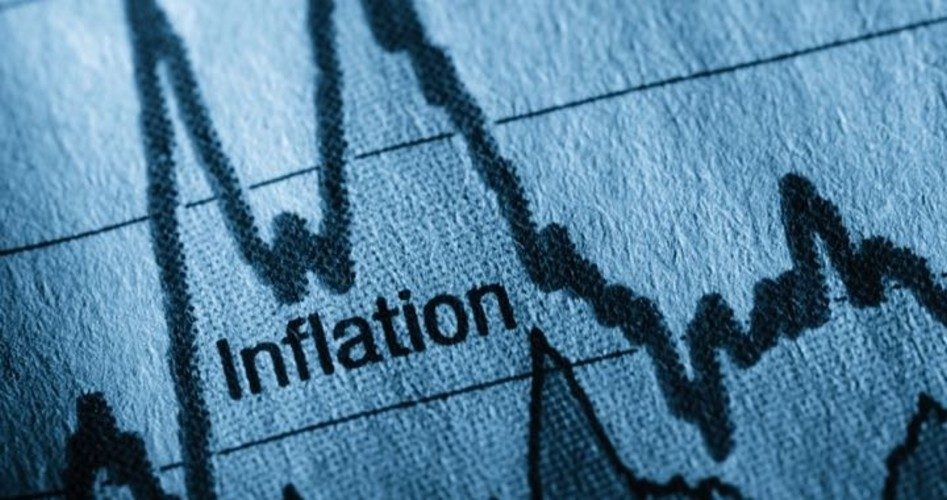
Upon reading the latest report from the Bureau of Labor Statistics (BLS) about its Producer Price Index (PPI), President Trump tweeted: “The United States has VERY LOW INFLATION, a beautiful thing.”
What’s beautiful is that, in the month of May, wholesale prices — the prices paid by firms buying products and services from other businesses — scarcely increased: just 0.1 percent. Even better the year-over-year PPI slowed from 3.1 percent last summer to just 1.8 percent today.
The New York Federal Reserve bank reported on Monday that the outlook for future inflation looks rosy as well. Consumers polled by the central bank see lower inflation over the next one to three years. This matches the inflation numbers coming from the Fed’s preferred inflation measure, the PCE (Personal Consumption Expenditures) index.
This puts the lie to concerns about tariffs costing consumers more. It also raises the question of why the Fed considers low inflation a threat. The official explanation is that it believes price increases of 2 percent a year are ideal: lower reflects softening demand for goods and services, while higher reflects inflationary pressures that the Fed must fight by raising interest rates.
Not to worry, said John Williams, president of the New York Fed: “I expect inflation … to move gradually back up to 2%.”
But why? The tight jobs market has in the past triggered rising wages as businesses bid them higher to obtain the talent they need to grow. But not now. The Labor Department reported on Monday that the gap between job openings (7.5 million) and those unemployed (6.2 million) is the highest on record, reflecting a robust and growing economy.
What’s different this time? Over the past 12 months, the Fed has sold off $500 billion of its government bonds, thus removing that amount from the stock of currency. That is deflationary, a reversal of previous policy that portends all manner of good things for the American consumer.
First of all, the average worker has more faith that his wages and raises will keep their purchasing power over time. Second, American business owners will worry less about projecting costs into the future and can make future investment plans with greater confidence. Third, the consumer who finances will find his car payments and home mortgage payments staying within his budget.
In addition, the United States becomes an even more attractive place for global firms to invest when compared to China, Russia, and other competitors that have weaker currencies and whose values are subject to political manipulation.
In a perfectly free economy, prices would edge ever lower as greater efficiencies reduce costs on most every item. When Henry Ford installed the first moving assembly line in 1913, he reduced the time it took to build his Model T from more than 12 hours to two hours and 30 minutes. That meant, according to Ford, that the Model T “will be so low in price that no man making a good salary will be unable to own one.”
And then he raised his workers’ wages to an unheard of five dollars a day, ensuring that his workers could afford to buy his product.
The real question becomes, why are there price increases at all in an economy that is becoming ever more efficient at building things?
For the moment the Fed is largely irrelevant, and might even lower interest rates at its next meeting to reflect what the market is already telling it to do.
And that’s a beautiful thing.
Photo: JLGutierrez / E+ / Getty
An Ivy League graduate and former investment advisor, Bob is a regular contributor to The New American primarily on economics and politics. He can be reached at [email protected].



